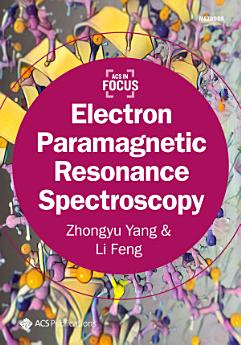Electron Paramagnetic Resonance Spectroscopy
O ovoj e-knjizi
The central purpose of this primer is to offer a concise combination of EPR basics with a broad collection of EPR applications in various research fields to bring graduate students up to speed on EPR spectroscopy. Graduate students should treat this primer as a quick overview of the background knowledge and typical literature of EPR so that their reading and self-learning can be more efficient. Different from the existing EPR review literature, this primer will focus on, from the views of first-year graduate students, what is needed to use EPR in their research, such as the general concepts in EPR, what information EPR can offer, and where to find more details about these aspects.
O autoru
Zhongyu Yang is an associate professor in the Department of Chemistry and Biochemistry at North Dakota State University (NDSU). He received his B.E. in polymer physics from the University of Science and Technology of China in 2004 and his Ph.D. from the Department of Chemistry at the University of Pittsburgh in 2010. He completed postdoctoral training at the University of California, Los Angeles, before joining NDSU in August 2015. His research is focused on utilizing the Electron Paramagnetic Resonance (EPR) technique to understand the nano-bio interface, especially protein and other biomacromolecules under spatial confinement. He has published nearly 100 publications. His work has been recognized by the NSF CAREER award and funded by various federal funding agencies. Photo: faculty photo courtesy of North Dakota State University.
Li Feng is a research associate in the Department of Chemistry and Biochemistry at North Dakota State University (NDSU). She received her B.S. in polymer chemistry from the University of Science and Technology of China in 2004, her M.S. from the University of Pittsburgh in 2007, and her Ph.D. from the Department of Polymer Engineering at the University of Akron in 2012. She completed postdoctoral training at the Department of Pharmaceutical Sciences at NDSU, prior to joining the NDSU Department of Chemistry and Biochemistry in August 2022. Her current research is focused on polymer synthesis and EPR characterization of polymeric micelles during biomolecular cargo delivery.









